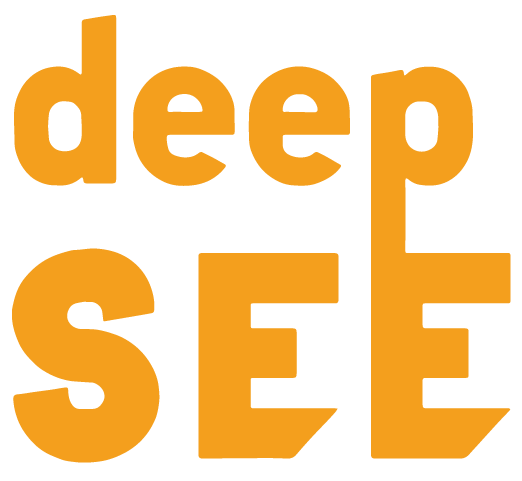Got Effectiveness? You’ll Need to Change Your Mindset First
“It’s like the Wizard of Oz!” This is how Cheryl described her change in mindset. “You know the scene where it changes from the grainy black and white images to the full high-definition color?” Cheryl was a leader that had worked to develop her Cultural Competence. She described how she didn’t even realize that she was blind to the rich complexity of differences around her until she changed her mindset. Once she was able to see that complexity she was able to respond to it more effectively. “It’s not that it wasn’t there before, it’s just that I couldn’t see it. When I couldn’t see it, I was missing out.”
Cheryl could easily see that it’s about effectiveness. Today’s Cultural Competence isn’t just about teaching when you should bow or shake hands, it’s about our ability to interact effectively across difference. It’s also what every workplace needs more of. As we can see in Cheryl’s example, building Cultural Competence requires more than just developing a skillset. It also requires we change our mindset. In that way, it is unlike building any other competence we work to develop in the workplace.
Think of any other area you are competent in—photography, creating a spreadsheet, gardening. In each of these competencies, we can define distinct levels of ability from beginner to advanced and professional. The number of levels may vary, but what is consistent is that you can clearly distinguish those distinct levels. The same is true for Cultural Competence. In fact, we can distinguish five distinct levels of this ability. As we move through those levels our effectiveness increases.
Here’s where the similarity ends. Unlike photography or spreadsheet building or any other competence we build, with Cultural Competence as we develop our skillset we are also changing our mindset. When we move from beginner to advanced photography we don’t have a different worldview. With Cultural Competence we do. Our worldview actually changes from one stage to another.
This is why building our Cultural Competence is so complex. We have to pay attention to both the mindset as well as the skillset. Building a skill is more of a transactional activity while changing a mindset is more transformative. Since we know that higher stages of cultural competence are more effective, that means that if you want to be more effective, you have to change your mindset.
We’ve taken the five mindsets and labeled them A-E and mixed them up. See if you can put them in order of development from least effective to more effective. (The answers are below in the comments)
Mindset A: “A focus on differences divides; A focus on similarity unites”
Mindset B: “I have my own unique cultural background, and so does everyone else. No one point of view is better than another; the more different voices we can include, the better off we’ll be.”
Mindset C: “Some cultures and points of view are obviously more right than others. If you deny that, you’re just being dishonest.”

